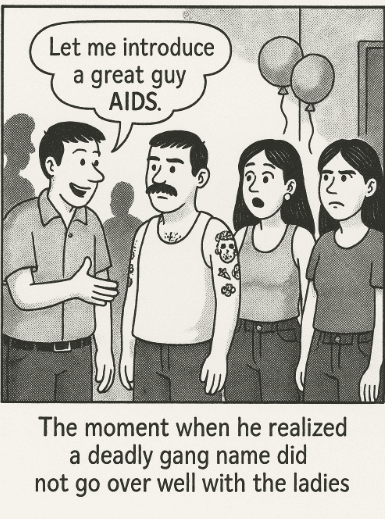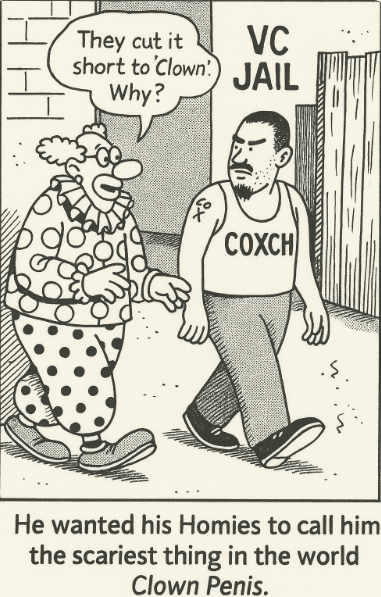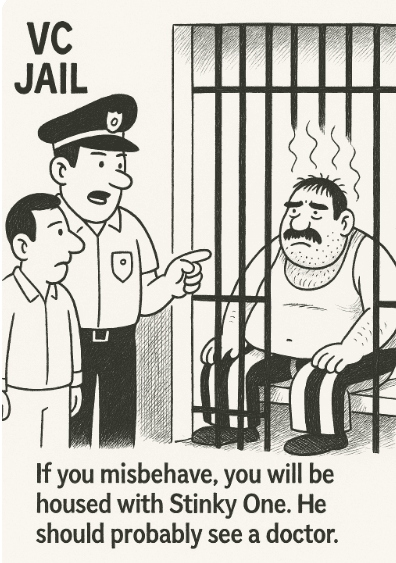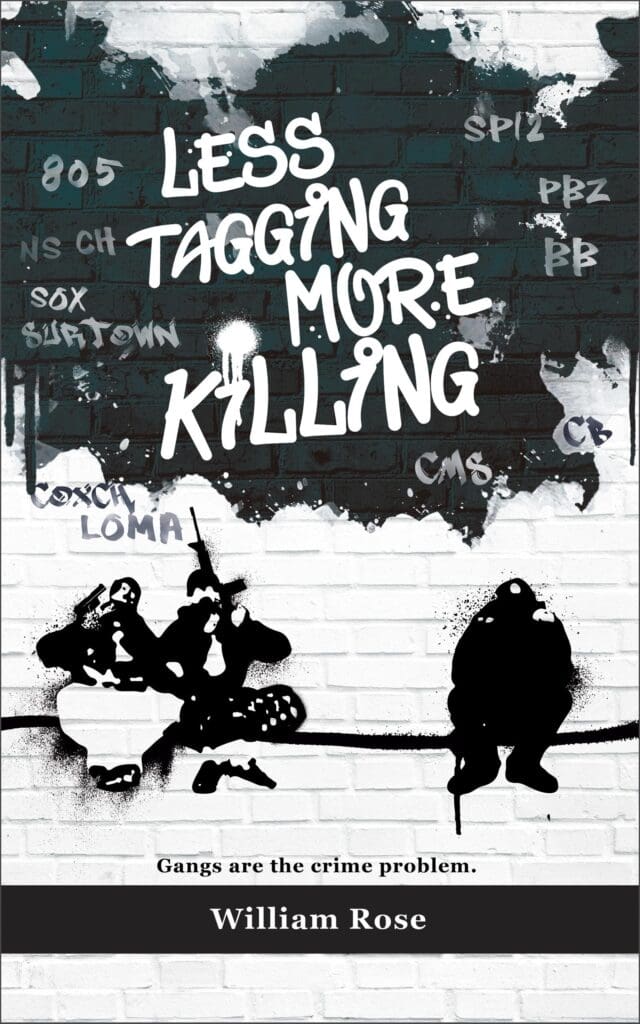Gang Names: Understanding the Criminal Identity System
July 9, 2025

Throughout the region, whether in Oxnard, Santa Paula, or Santa Barbara, gang names are not random — they reflect a deep subculture of loyalty, reputation, and identity within the criminal world.
Understanding the logic and history behind gang names offers valuable insight into how gangs operate and how individuals become entrenched in gang life. These aren’t just creative nicknames. They’re a sophisticated identity system that binds criminal organizations together.
This blog will explore the traditions surrounding gang names, provide examples from Ventura County and surrounding regions, and share origin stories from some of the most notorious gangs in Southern California.
How Gang Members Earn Their Gang Names
Typically, in Ventura County and throughout Southern California, gang names—called “monikers”— by law enforcement, are usually earned rather than chosen. The process is rooted in gang culture, where identity is everything and reputation is currency.
Typically, a gang member receives their gang name based on a personality trait, physical characteristic, behavior, or reputation. For instance, a strong fighter might earn the gang name Boxer. Other names reflect physical attributes—Flaco for someone thin, or Pelon for a bald head.
Sometimes the naming is ironic—Happy might go to a sullen individual, or Grumpy to someone who’s perpetually annoyed. To learn more about joining a gang see the blog Why Do People Join Gangs?
The “Lil” and “Baby” Rule
One common pattern with gang names is the use of “Lil” or “Baby” to identify someone connected to a more established gang member. For example, if a gang member named Boxer has a younger brother wanting to join the gang, and Boxer vouches for him, that brother would likely receive the gang name Lil Boxer.
In another scenario, if Boxer had a friend who wanted to join and also received Boxer’s endorsement, the friend would adopt Baby Boxer instead, as Lil Boxer was already taken. In this way, gang names can signal hierarchy and personal connections within the gang. To learn more about gang initiation see the blog Gang Initiation Fight: Understanding the Brutal Gateway to Gang Life.
Gang Members Names
Below is a sampling of gang names recorded among Ventura County gang members:
Physical Traits & Appearance
Bear, Bebito, Big-E, Big Willie, Bones, Chops, Chucky, Clavo, Flaco, Giant, Grizzly, Huero, Lefty, Midget, Mousey, Oso, Pelon, Pequeno, Red, Rocca, Scar, Scarface, Silent, Skinny, Smiley, Smokey, Tiny, Turtle, Wolfy
Personality, Behavior, or Attitude
Bad Boy, Bashful, Blast, Blown, Bolder, Boo, Bouncer, Boxer, Cartoon, Character, Cheeks, Chewy, Clumsy, Crazy Boy, Creature, Creeper, Creeps, Creepy, Criminal, Danger, Dirty, Dope, Downer, Dreamer, Drifter, Drowsy, Drunks, Easy, Evil, Feeder, Fireball, Gangster, Ghost, Goofy, Grifo, Grims, Grumpy, Happy, Insane, Joker, Lazy Boy, Lesser, Lil Devil, Lil Trouble, Lil Vago, Locster, Lokito, Lucifer, Maldito, Mala, Malo, Maniac, Menace, Natas, Nite Owl, Player, Pranks, Psycho, Rascal, Rugrat, Savage, Shady, Sleepy, Sly, Snags, Snakes, Sneaks, Spook, Stinky One, Stranger, Suspect, Swinger, Temper, Terko, Travieso, Trouble, Troublez, Trusty, Villain, Violent, Wyno, Yolo, Zombie
Animal, Creature, or Cartoon-Inspired
Animal, Bam Bam, Bandit, Bowser, Caps, Casper, Chango, Chicken, Cholo, Columbiano, Crow, Cuban, Cyclone, Dash, Dino, Doze, Duckey, Dumbo, Dusty, Fern Dog, Fiero, Gizmo, Goobs, Hash, Hoss, Kermit, Kiki, Linx, Lista, Listo, Magoo, Manos, Matrix, Mota, Nems, Nets, OJ, Piaso, Plugz, Pollo, Quacks, Racoon, Rafa, Raino, Ram, Rubz, Scooby, Scrappy, Shadow, Shark, Sniper, Snipes, Snuffs, Soldier, Spanks, Spanky, Speedy, Spider, Spooks, Stomper, Stoney, Tallo, Tavo, Tazmanian Devil, Thumper, Tokes, Trevesa, Trigger, Vandal, Venom, Ziggy
Street, Drug, or Reputation-Linked
AIDS, Caps, Clepto, Clever, Dope, Dappers, Evil, Feeder, Grifo, Hash, Listo, Mota, Natas, Smoker, Tokes, Vandal
Oddly enough, a gang member wanted to have an intimidating name, but AIDS, really? Imagine being introduced to some girls at a party and your name is AIDS; good luck getting a date.

This expansive list shows the creativity—and sometimes the dark humor—in the assignment of gang names. Gang members are fans of Disney characters, I’ve seen several gang members named Bashful, Grumpy, Happy, Thumper and Smiley.
Gang names like Crazy Boy, Maniac, or Psycho often reflect an individual’s volatility or reputation for violence. These members will often spray paint their monikers on walls or carve them into mirrors at restaurant bathrooms
Santa Paula Gangs Names
Take, Santa Paula, a city with a significant gang presence, has several active gangs, including:
- Crimies
- 12th Street Locos
- Crazy Boyz
- Bad Boyz
- Party Boyz
Within each of these gangs, members adopt distinct gang names that reinforce their identity within the group. Santa Paula gang members when asked where they are from will say “Sannta” with an emphasis on the letter “n”. The Crimies and 12th Street Locos will say they are from “12th Street”, other gang members will know this is a reference to the city of Santa Paula. To learn more see the blog Santa Paula Gangs: Mayberry Gone Wrong.
Oxnard Gangs: Chiques and Beyond
Some of Ventura County’s most notorious gangs are in Oxnard:
- Colonia Chiques
- Southside Chiques
- Surtown Chiques
- Loma Flats
- Northside Chiques
- Squires Drive
- Lemonwood Chiques
Gang members from Oxnard when asked where they are from will say “Chiques”, a name they call the city of Oxnard. The term “Chiques” itself has an interesting origin story. I’ve heard two explanations:
- The first theory suggests that crime in Oxnard’s Colonia neighborhood became so severe that locals began referring to it as “Little Chicago.” Over time, Spanish speakers morphed this into “Chiques.”
- The second version involves the marijuana trade. Oxnard smugglers doing business with Mexican-Americans in Chicago began calling themselves part of the “outfit,” a nod to Chicago’s organized crime groups. This allegedly evolved into “Chiques.”
One thing is certain—if you ask a current Oxnard gang member about the origins of the word “Chiques,” they won’t know. To learn more read the blog Oxnard Colonia Chiques.

Thousand Oaks: The Tocas
Even affluent suburbs aren’t immune to gang activity. Thousand Oaks is home to a gang known as the Tocas. Like their counterparts elsewhere, members of the Tocas adopt gang names that often reflect toughness, criminal reputation, or physical traits.
Santa Barbara Gangs
Santa Barbara, with its reputation as a picturesque coastal city, surprises many visitors with its active gang presence.
The East Side gang is the dominant force, consisting of several smaller gangs with approximately 150 members. Their territory is predictably on the east side of Santa Barbara. Gang members signal affiliation by forming the letter E with their fingers—a sign of allegiance that must be respected in their turf. Selling drugs within East Side territory requires either gang membership or association.
Why Gang Names Matter
Understanding gang names is about more than curiosity; it provides insight into gang dynamics and social structures. Gang names serve several purposes:
- Monikers: Conceal a person’s true name and make it more difficult for law enforcement to identify who participates in criminal activity. Law enforcement must connect gang names to real identities.
- Establish identity: A gang name marks an individual as a gang member in good standing.
- Signal connections: Names like Lil Boxer or Baby Boxer signal familial or mentor connections within the gang.
- Convey reputation: A name like Trigger or Savage convey criminal reputation and can serve as a warning to rivals.
- Foster loyalty: The ritual of earning a gang name binds members to their group. It creates psychological investment in criminal identity.
The Evolving World of Gang Names
While some gang names have remained traditional, others evolve with cultural shifts. In recent years, gang members influenced by hip hop, video games, and internet culture have begun adopting newer gang names like Matrix or Lucifer—names meant to project a modern and menacing image.
Yet the classic traditions persist. Walk into any Ventura County gang territory, and you’ll still find gang names like Smiley, Creeper, and Sleepy in active use.
This evolution creates investigative challenges. Officers must stay current with changing gang name trends while tracking established criminal networks. To learn more about gang crimes read Gangs and Violence.

Conclusion
From the Chiques of Oxnard to the Crazy Boyz of Santa Paula and the East Side gang in Santa Barbara, gang names convey identity, loyalty, and reputation.
I’ve observed how gang names influence behavior. Members feel like they have to live up to their names’ implications. Someone called “Crazy” may act more recklessly to maintain their reputation. Gang names become self-fulfilling prophecies.
Law enforcement officers, community members, and anyone interested in gang intervention should understand the importance of gang names. These monikers are more than just street nicknames—they are the glue that holds gangs together and a window into the criminal underworld.
To learn more about gang names, get the book Less Tagging More Killing.
